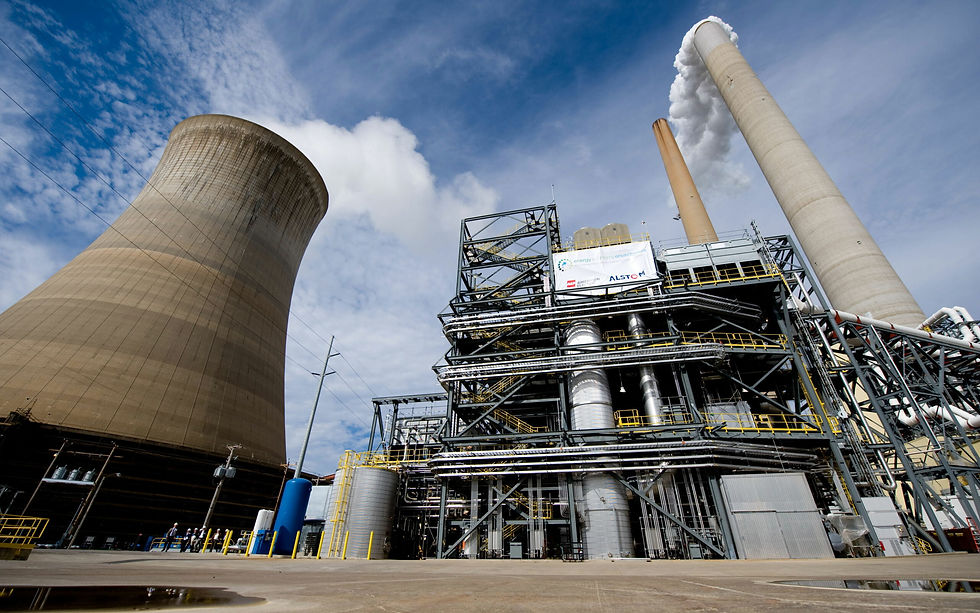North Sea residual oil zones: a CCUS & EOR use case
- Angel Solutions (SDG)

- Jun 7, 2024
- 2 min read
Updated: Aug 22, 2024
As discussed in a previous post, CCUS (Carbon Capture and Underground Storage) technologies reduce CO2 emissions from large sources or remove CO2 from the atmosphere. Combined with EOR (Enhanced Oil Recovery), they have huge environmental and economic potential by helping remove CO2 and enhancing (and reducing costs) in oil recovery in residual oil fields.

Watch the video below, presented by the Scottish Carbon Capture and Storage (SCCS), to learn about how CCUS works and its impact on enhancing and reducing costs in EOR processes:
Residual Oil Zones (ROZ) form when oil has leaked or migrated from a reservoir trap through geological time, leaving a zone of immobile oil. This use case assesses the feasibility of ROZ production with CO2 flooding, in a North Sea oil field. Results show that CO2 utilization increases commercial reserves by 5-20% while storing 15Mt CO2. Please click here for more details about this use case.

A hydrodynamically produced ROZ was identified (see reservoir structural maps below), with an oil saturation of 26%, in the PIERSE OIL FIELD of the Central North Sea (geographical location depict above) and adapt established recovery factors for Carbon Dioxide EOR (CO2 EOR) from onshore fields, to estimate oil resource and CO2 storage potential.
Based on the calculations CO2 EOR can produce low carbon intensity crude oil from a mature basin and could store more CO2 than is released from the production, transport, refining and final combustion of oil.

Based on the seismic interpretation of horizons (the top horizon is shown above) and faults, as well as the stratigraphic model of the reservoir, well information, and other data, a detailed geocellular model is created. This model, along with a thorough analysis of additional reservoir information, is used to propose locations for injector and producer wells, as shown in the figure below. In most mature (residual) oil and gas fields, there is a substantial amount of available data for analysis that can be monetized at very low costs!

Detailed well cross-sections are created to refine the proposed locations of injectors and producers further, as shown in the image below.

In summary, the current view is that ROZ is not currently producible in the North Sea basin. However, this case study sees potential in efficiently utilizing existing hydrocarbon basins in an environmentally sustainable manner. CO2 flooding can maximize production in mature oil fields and store large volumes of CO2. Residual oil saturations at the South Pierce ROZ average at 26%, with a significant proportion that could be produced, contributing up to 20% to the initial oil field reserves. Further research, such as detailed reservoir simulations, is recommended before any project is undertaken.
In summary, this case study proposes that maximizing the use of CO2, known as CO2 EOR+, could result in low carbon intensity oil production and store more carbon than is released during the production, transport, refining, and combustion of the produced crude.
In our corporate blog post you will find additional resources on this topic and related subjects, and also here, or reach out to us for further assistance. And, please visit our YouTube Channel and subscribe.



Comments